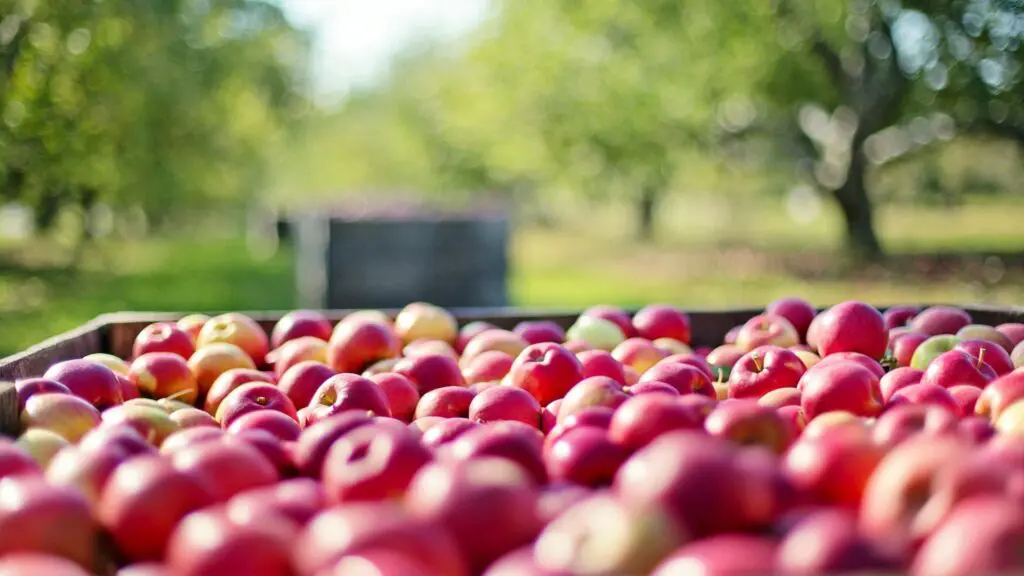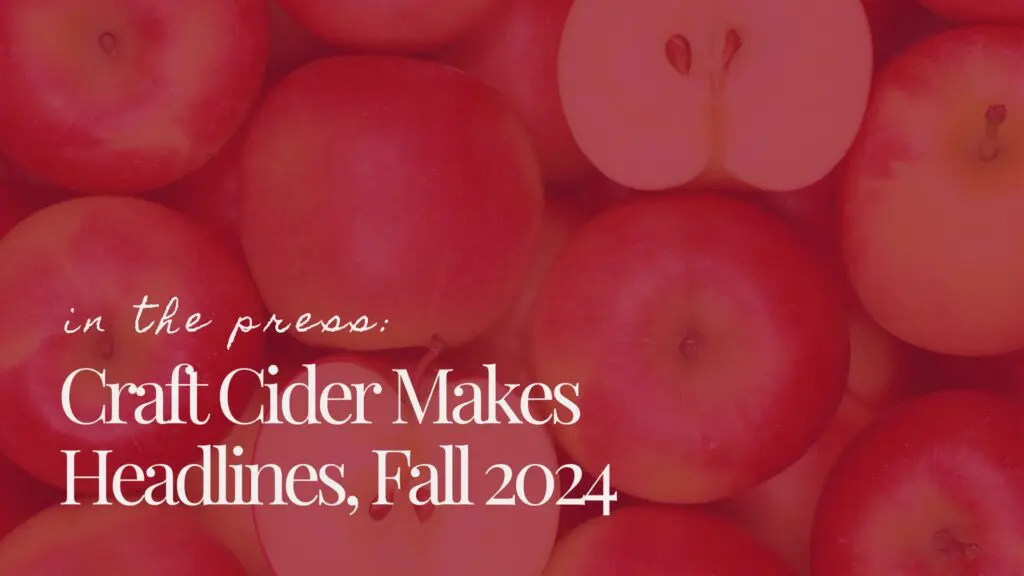Essay contributed by Ambrosia Borowski, Louisa Spencer and Stephen Wood
“What glass should we use for your cider?” As cidermakers at Farnum Hill Ciders, we hear this all the time from restaurants and bars. Glasses do two things: determine portion size and set a style. Farnum Hill makes strong orchard ciders in the U.S. of A., so we recommend commonsense rules for the pour size, but no rules for style.
For our ciders, we say “whatever you have that holds 8-10 ounces.” The last thing we want is to push restaurants and bars to take on more glassware. The Northman, Chicago’s pioneering cider bar, uses a nice versatile 9-ounce glass that looks like a junior pint glass. Water or juice glasses, plain or goblet-style, work perfectly and show ciders well. So do big, handsome stemmed wine glasses. Just serve the right amount for the cider’s alcohol content in a glass that’s convenient, and relax.
In the U.S., the generally accepted “standard drink” delivers .6-.8 ounces of pure alcohol in a “regular” serving of “normal” spirits, wine, beer or any other alcoholic beverage. Portion size is measured to meet a uniform dose of alcohol. Shallow pours of Scotch deliver about the same amount of alcohol in each order as foaming pints of ale. It just makes sense that the more alcoholic the beverage, the smaller the standard portion should be.
Orchard-based ciders like ours run higher in alcohol (6.5-9% ABV) than most commercial ciders (4.5-6.5% ABV) because they are fermented straight from the juices of cider-grown apples. This is true of all undiluted ciders made from high-sugar cider apples like Dabinett, Bedan, Golden Russet, Esopus Spitzenburg, Chisel Jersey, Wickson, etc. Pints of 9% cider contain twice as much alcohol as pints of 4.5% cider. Pints of our 7.5% cider contain two-thirds more alcohol than pints of the lowest-alcohol ciders. Thus a pour of our cider should be smaller than a lower-alcohol cider.
So much for portion size. What about style? In the vinoverse, various mystiques link certain glasses with certain wines. Should American cidermakers try to define “cider glasses” and nudge cider drinkers to care?
To that we say “no, please, no!” Deliciousness recommends itself. We can hear “but you’ll never get the ‘nose’ in an unshaped glass!” We disagree. Get the nose by serving great cider at cellar temperature or slightly higher. Avoid the trap of over-chilling a blond beverage. And lighten up about the glass.
We’ve happily shared Chateauneuf-du-Pape, Chinon and Riesling in water glasses, jam jars and lowball tumblers. Maybe if we’d used heavily marketed $50 glasses we might have felt a mite more pleasure. Or not. So what?
The world’s ancient cider regions prize their traditional local cider vessels. The double-handled mugs of Somerset. The broad-bottomed glasses of Asturias and the Basque country catching those high, splashy pours — so cool! Each loaded with style, romance and history. But we’re in the States. Our ciderverse is new, diverse and changing. Let’s serve our ciders in glasses that suit the cider and the moment. That’s cool too.
This op-ed originally ran in the Vol. 14 print edition of Cidercraft magazine. For the full story and more like it, click here.









